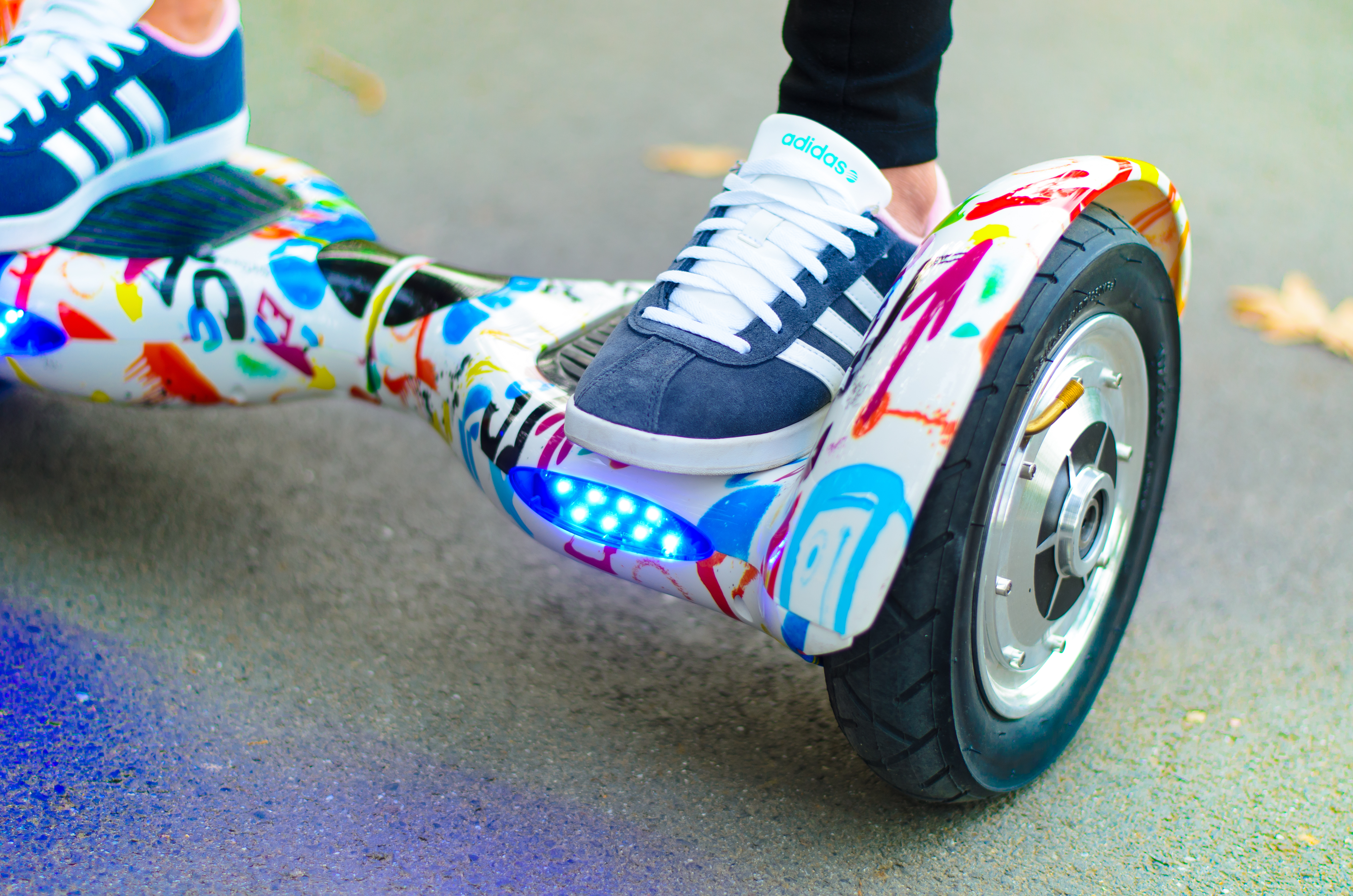Hoverboards: Harmless Toy or Death Trap
Hoverboard: Harmless toy or death trap?
Mark Nycz
In a recent email press release Chief of campus police Tom Larson stated, “The ban is effective immediately and is in direct response to the Consumer Product Safety Commission’s’ investigation into dozens of fires related to these products.”
Roaming the halls of the ICC, one may come across everything from students studying to science experiments; one thing you won’t find, however, are Hoverboards. The increasingly popular form of self-balancing transportation has recently been banned from campus. This decision has come following a recent trend of the item being banned from airports, malls and schools in lieu of their fire risk.
In a recent email press release Chief of campus police Tom Larson stated, “The ban is effective immediately and is in direct response to the Consumer Product Safety Commission’s’ investigation into dozens of fires related to these products.”
Even as popular as these items are, students are not all opposed to the ban. ICC student Kayla Mckenny responded to the ban, “I think it’s smart because they can catch on fire if you keep them on the charger too long. If I live in the dorms I wouldn’t want to come home to my place burned down.”
The ban is not limited to Hoverboards. Included are skates, skateboards, in-line skates, “heely” shoes, powered skateboards, self balancing shooters and other similar devices throughout the campus and on campus housing. Anyone who is caught violating is subject to a $25 fee.
Aside from the dangers of falling while trying to mount a Hoverboard, often seen on Youtube videos by celebrities, the major concern comes from the risk of spontaneous combustion. These items have been known to randomly catch fire, some while being ridden. One of the culprits is the battery that operates them, lithium ion. While it is smaller and lighter than its previous counterparts, the issue comes with the lack of built in safety devices that would prevent overcharging of the device. One possible cause for these devices to fail and burst into flames maybe a combination of using a second tier battery that will lead to more defects and ultimately the risk of catching on fire. In order to prevent this from happening it is suggest to not overcharge the batteries and store them a safe location. Companies such as Amazon are requiring certification standards for the battery but it is much like the Wild West when it comes to production of these items and normal regulation standards do not yet exist. As the item grows in popularity and as stories enter the news the more likely a standard will be made to prevent such events from happening.
It is not just an issue in the U.S. either, the UK has taken an even stronger stance, making it illegal to ride a Hoverboard on public roads and walkways. As of February 2016, the mega retail giant, Wal-Mart, has pulled the Hoverboards off it’s website. This marks the largest retailer to stop the sales of the Hoverboard item yet. Along with them, Bed Bath and Beyond has also stopped the sales and stated it was for “out of an abundance of caution”. Those still looking to purchase these items can still find them readily available online. Prices for the self balancing Hoverboards range from just a couple hundred dollars to nearly a thousand dollars.The U.S. government’s Consumer Product Safety Common is still investigating the item and will determine any future action needed regarding the Hoverboards. The fate of this trending new item is still up in the air but for now, students will have to ride their boards off campus.

